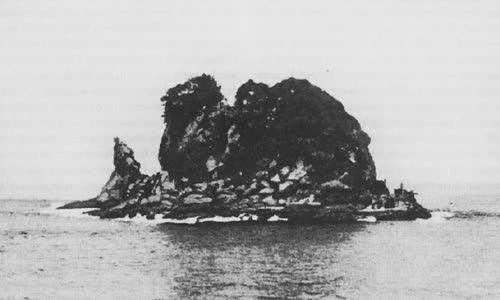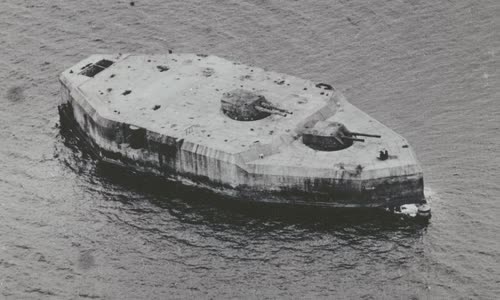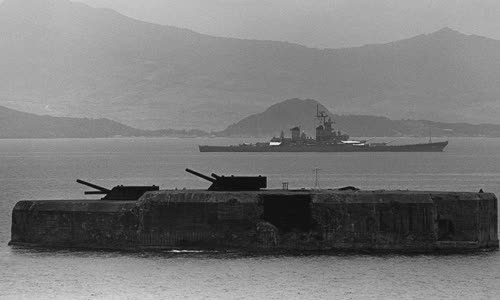It took the US 11 years to turn four islands in Manila Bay into fortresses in response to Japanese attacks on the Philippines in 1941.
Those who have been to Manila Bay of the Philippines will see a concrete fortress floating in the middle of the sea with four cannons pointed directly out into the ocean.

El Frail Island before being reclaimed as Fort Drum Photo: US Army
The Philippines, along with Puerto Rico and Guam, were ceded to the United States by Spain in 1898, after the defeat of the Spanish-American War.
Washington strengthened four islands in front of Manila Bay, including Corregidor, Caballo, Carabao and El Frail in the period 1909-1913, turning them into fortresses with the names Fort Mills, Fort Hughes, Fort Frank and Fort Drum respectively.
Fort Mills is the largest and most important fortress, while Fort Drum has the most unique shape because of the appearance of a real battleship.
To build Fort Drum, the US Marine Corps had to flatten El Frail Island, then pour concrete to form a battleship-shaped bunker.
Fort Drum is equipped with 13 cannons of all kinds, divided into 4 batteries.
The US also arranged a garrison force of 200 soldiers in the fortress, equipped with many 2.4 m diameter headlights to support night combat.

Fort Drum 1946 Photo: US Navy
These fortresses first entered combat action in 1941, when Japan bombed Corregidor and other islands on December 29, 1941 and January 2-6, 1942.
Japan then abandoned the bombardment campaign of the fortresses because it was too expensive in terms of weapons and human life, while the efficiency was not high.
After the fall of US forces at Bataan on January 25, 1942, Japan began to prepare for a bombardment campaign for the floating fortresses in Manila Bay.
In mid-February 1942, Japan increased firepower with two 150 mm cannons.
Japan continued to reinforce 10 240 mm guns to the Pico de Loro Hill in Calumpang, near Fort Frank.
The Japanese planned to capture Corregidor and the other fortress islands after the surrender of American forces in Bataan on April 9, 1942.

Fort Drum (front) and the battleship USS New Jersey in 1983 Photo: US Navy
To defeat Fort Drum, the Japanese used attack aircraft continuously for four days but only caused minor damage to the Marshall battery.
The United States began to liberate the Philippines on October 20, 1944, with one of its most important targets being Fort Drum.
On April 13, 1945, the United States sent a medium landing craft (LSM) and a motorized landing craft (LCM) to Fort Drum, and deployed a realm sniper platoon for engineers to place explosives.
Once the pits were in position, the crew on the LCM poured 11,356 liters of oil and gasoline into some of the fort's vents, while several blast blocks were stuffed into several other locations.
The fire caused by the mixture of oil and gasoline lasted for many days.
Today, Fort Drum is no longer military and is a ruin at the mouth of Manila Bay.



 Quintin Yates
Quintin Yates







